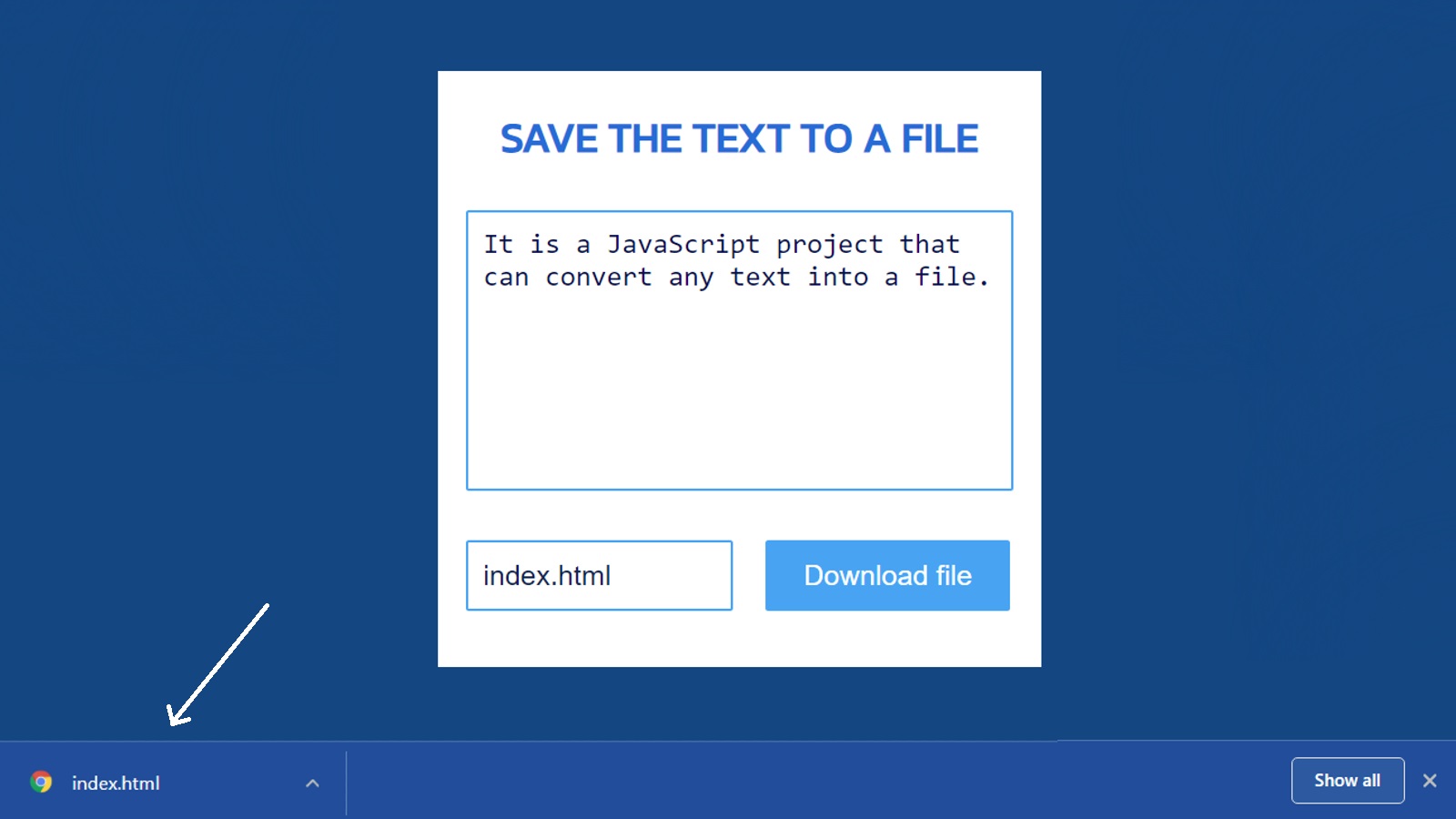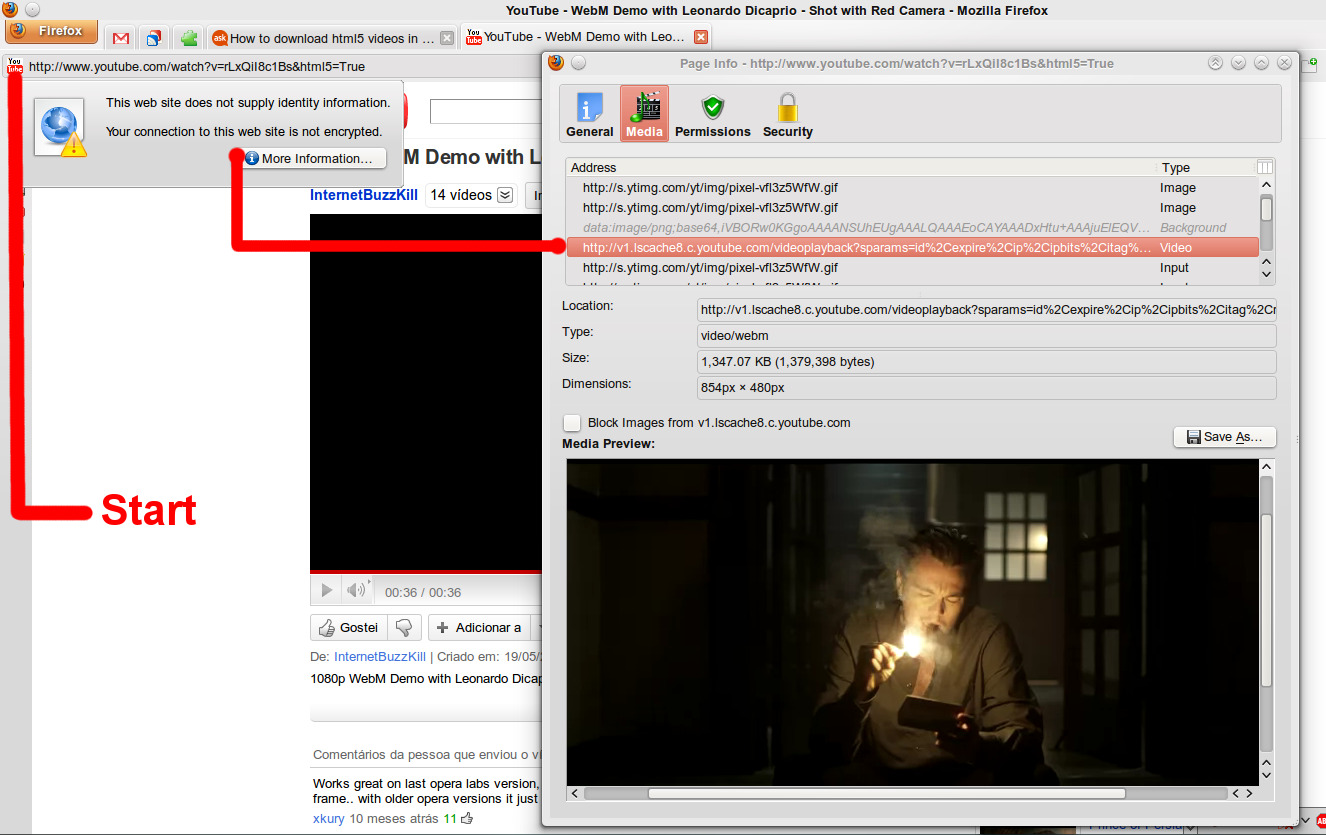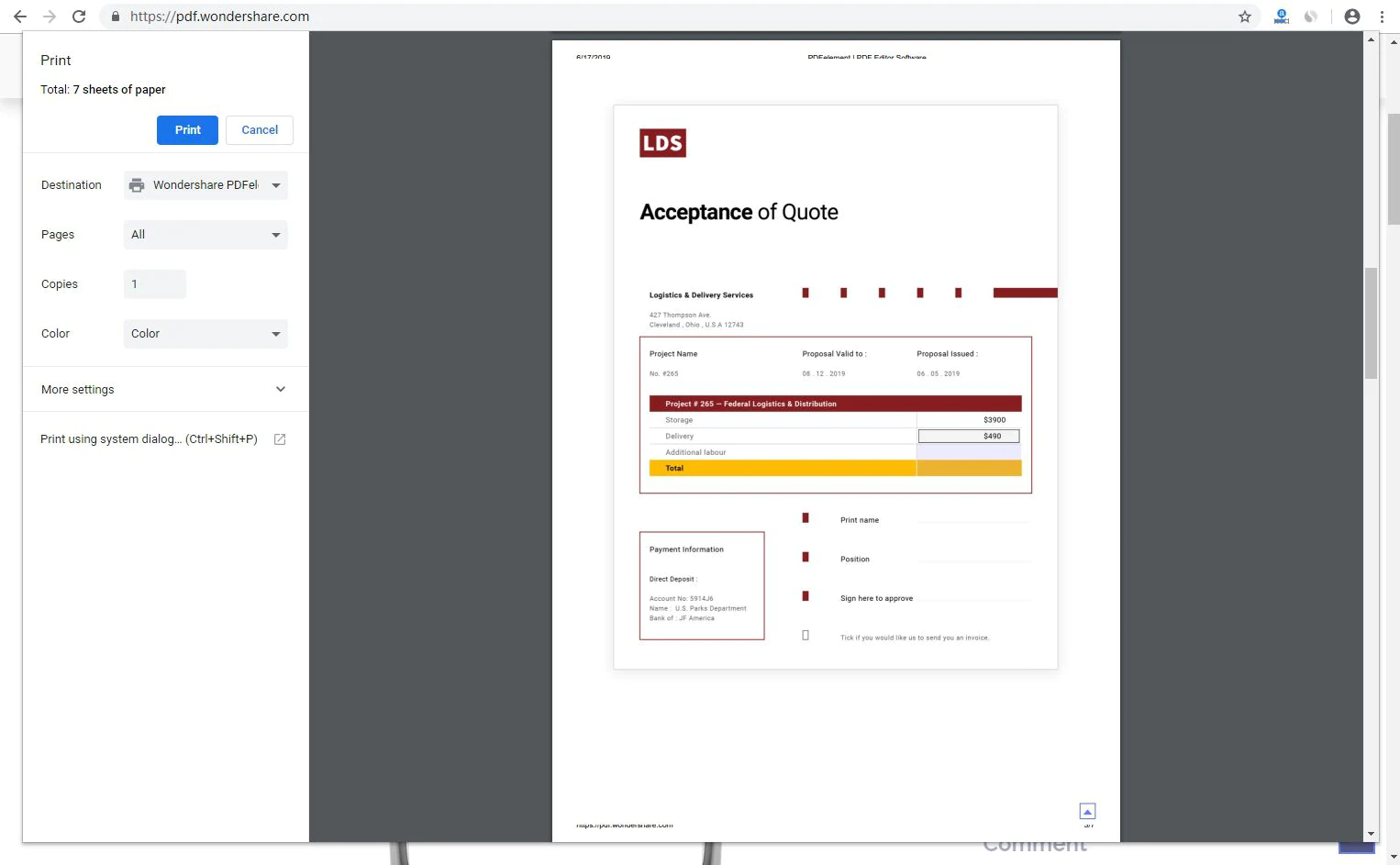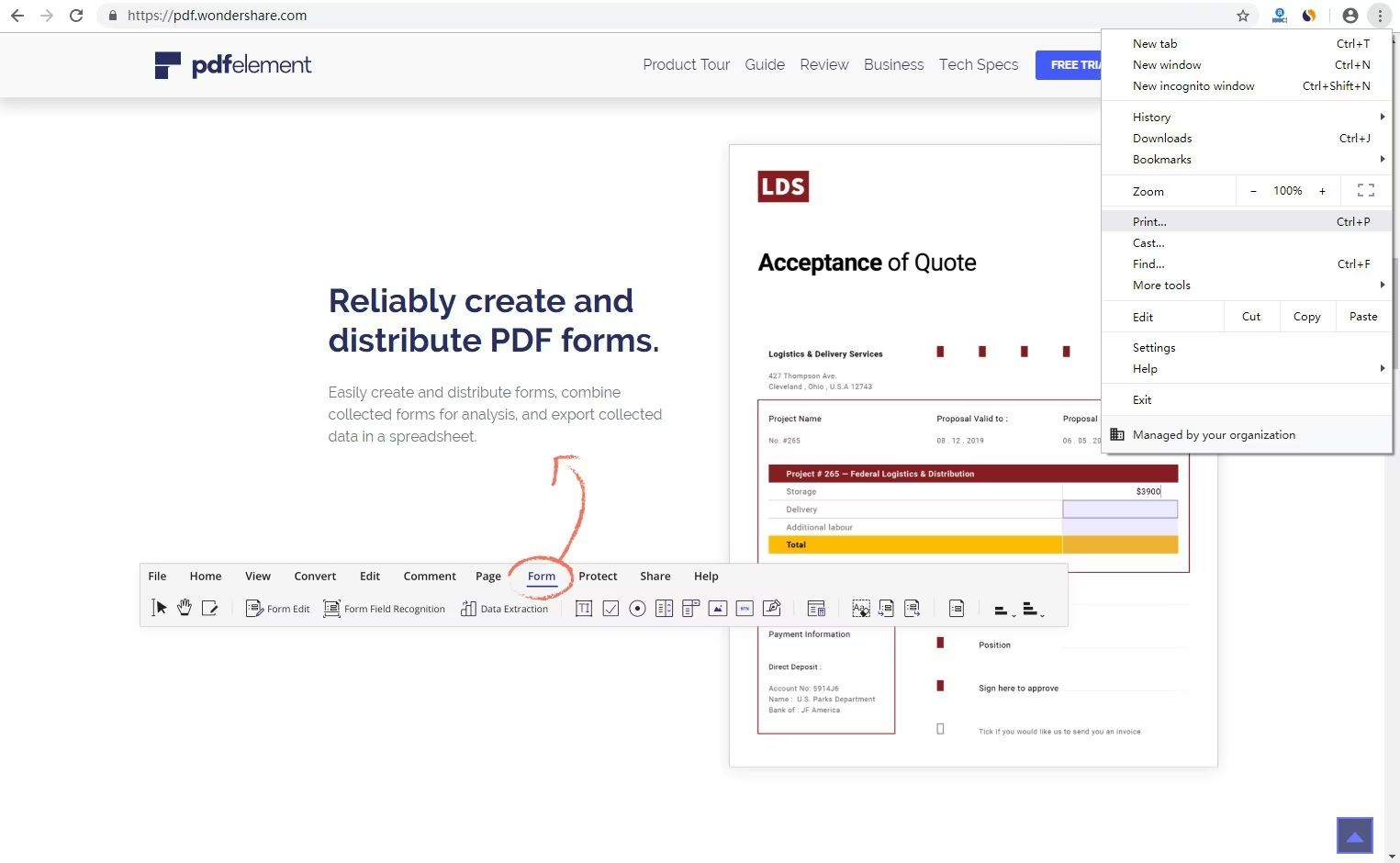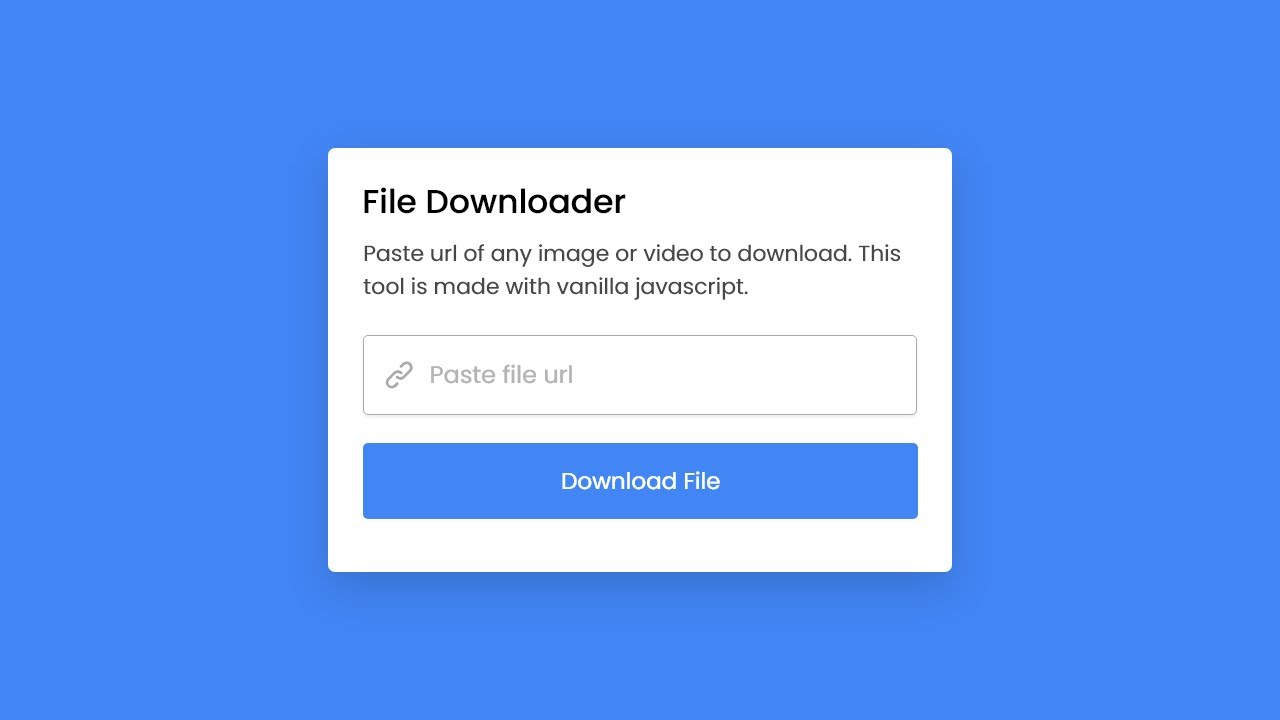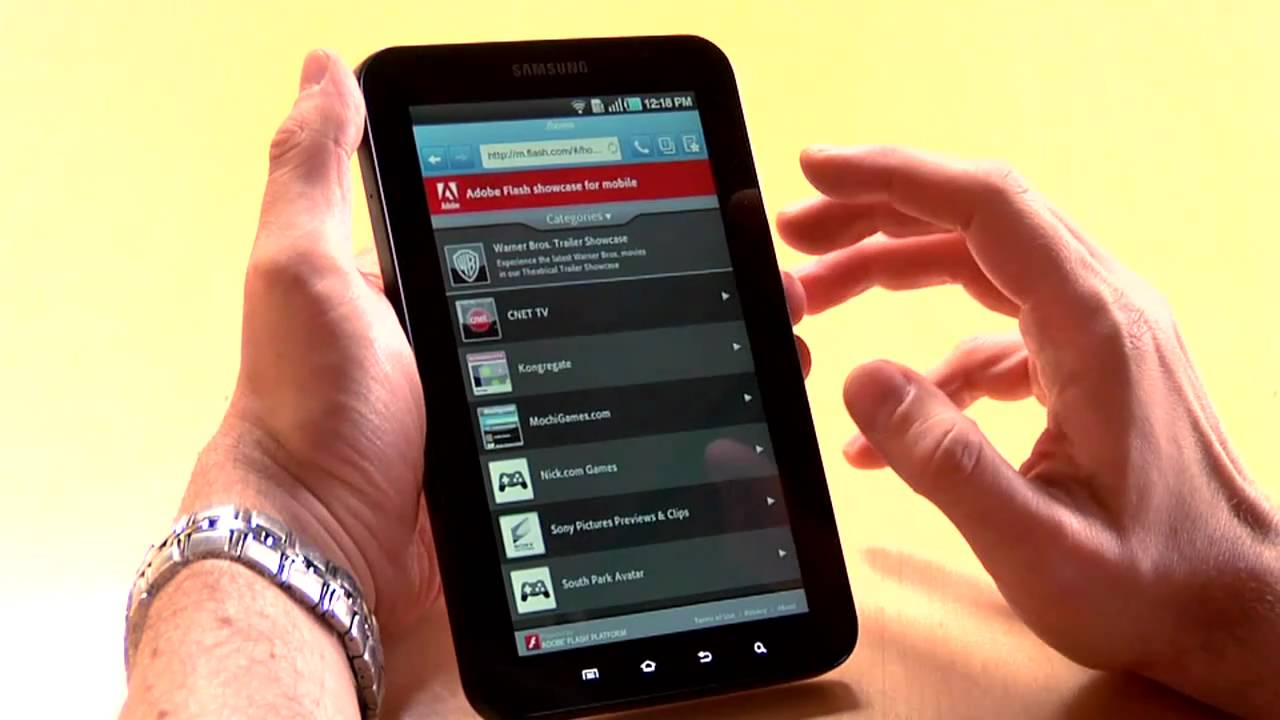Introduction
In today’s digital age, the internet is filled with valuable resources and information in the form of HTML files. HTML, short for Hypertext Markup Language, is the standard language used to create web pages. Whether you’re a web designer, developer, or simply an avid internet user, there may be instances where you come across an interesting HTML file that you want to download and access offline.
Downloading an HTML file allows you to view its contents without requiring an internet connection. This can be especially useful if you want to reference the information later or if you’re working on a project that requires offline access to specific HTML files.
In this article, we will guide you through the process of downloading an HTML file. We will outline the steps you need to take to successfully save the file to your device. So whether you’re a seasoned tech expert or a beginner navigating the digital landscape, follow along as we walk you through the process of downloading an HTML file.
Step 1: Find the HTML file you want to download
The first step in downloading an HTML file is to locate the specific file you want to save to your device. This could be a web page that you stumbled upon during your browsing session, or it could be a link that someone shared with you.
To find the HTML file, you can start by navigating to the webpage where the file is hosted. This can be done by entering the URL directly into your web browser’s address bar or by clicking on a link that leads to the webpage.
Once you are on the webpage, you’ll need to identify the HTML file among the content. HTML files typically have a file extension of “.html” or “.htm” and may be presented as a hyperlink or embedded within the webpage.
If the HTML file is presented as a hyperlink, it will be highlighted or underlined, indicating that it is clickable. You can simply click on the hyperlink to open the file in your web browser. If the HTML file is embedded within the webpage, it may be displayed as part of the content, such as an article or a section of a webpage.
Take your time to explore the webpage and locate the HTML file you want to download. In some cases, you may need to perform additional actions, such as scrolling through the page or expanding certain sections, to find the specific file.
Once you have identified the HTML file you want to download, you are ready to move on to the next step.
Step 2: Right-click on the file
After finding the HTML file you want to download, the next step is to right-click on the file. Right-clicking will open a context menu that contains various options related to the file.
To right-click, position your cursor over the HTML file and then press the right mouse button. This action will bring up the context menu.
Within the context menu, you will see several options, including “Save link as” or “Save target as” (depending on your web browser). These options allow you to save the HTML file to your device.
It’s important to note that the wording of the option may vary slightly depending on the web browser you are using. However, the functionality remains the same – it allows you to save the HTML file.
Take a moment to review the options available in the context menu, and if you see “Save link as” or “Save target as”, proceed to the next step. If you do not see these options, try right-clicking on a different part of the HTML file or consult the documentation for your specific web browser to troubleshoot the issue.
Now that you’ve successfully right-clicked on the HTML file and accessed the context menu, you’re ready to move on to the next step in the process.
Step 3: Select “Save link as” or “Save target as”
After right-clicking on the HTML file, a context menu will appear with various options. Among these options, you need to select either “Save link as” or “Save target as” to initiate the download process.
The exact wording of the option may differ depending on the web browser you are using. For example, in Google Chrome, you will see “Save link as,” while in Firefox, it will be “Save target as.” Regardless of the wording, the function remains the same – it allows you to save the HTML file to your device.
Clicking on “Save link as” or “Save target as” will prompt a file-saving dialog box to appear. This dialog box allows you to choose the location on your device where you want to save the HTML file.
Take a moment to review the options in the file-saving dialog box. You can navigate through your device’s file directory to select a specific folder or create a new one to organize your downloaded files. You can also rename the HTML file if you wish.
Choose a location on your device where you want to save the HTML file and provide a suitable name for it. This will ensure that you can easily locate and identify the file in the future.
Once you’ve selected the desired location and provided a name for the file, you’re ready to proceed to the next step and initiate the download of the HTML file.
Step 4: Choose a location to save the file
After selecting “Save link as” or “Save target as,” a file-saving dialog box will appear on your screen. This dialog box allows you to choose the specific location on your device where you want to save the HTML file.
Take a moment to review the options in the file-saving dialog box. You can navigate through your device’s file directory to select a specific folder or create a new one to organize your downloaded files.
Choosing the right location to save the file is important for easy accessibility in the future. Consider selecting a folder that aligns with your organizational preferences or where you typically store similar types of files. This will make it easier for you to locate and manage the downloaded HTML file later on.
Additionally, you can rename the HTML file before saving it to reflect its content or purpose. This can be helpful if you plan to save multiple HTML files or if you want to provide a more descriptive name for easier identification.
Once you’ve chosen the desired location and provided a suitable name (if desired), the next step is to initiate the actual download process.
Remember to double-check the selected location and name to ensure accuracy before proceeding. This will help avoid any issues or confusion when you are trying to access the downloaded HTML file later on.
Once you are satisfied with the chosen location and file name, you are ready to move on to the next step and complete the download process.
Step 5: Click “Save”
After selecting the desired location and providing a name for the HTML file, the next step is to click the “Save” button in the file-saving dialog box. This will initiate the download process and save the HTML file to the chosen location on your device.
Take a moment to review the file-saving dialog box and ensure that all the information is correct. Check that the selected location and file name accurately represent your intended preferences for the downloaded HTML file.
Once you are satisfied with the details, click the “Save” button to begin the download. Depending on the size of the HTML file and the speed of your internet connection, the download process may take just a few seconds or a few minutes.
During the download, you may see a progress bar or indicator to provide an estimate of the remaining time. This can be helpful in allowing you to monitor the progress and estimate when the download will be completed.
It’s important to note that the actual appearance of the download progress may vary depending on your web browser and operating system. However, the overall functionality remains the same – clicking “Save” initiates the download of the HTML file.
Once the download is complete, a notification or confirmation message may appear indicating that the HTML file has been successfully saved to the chosen location on your device.
Now that you’ve clicked “Save” and completed the download process, you’re just one step away from being able to access the downloaded HTML file from your device.
Step 6: Wait for the download to complete
After clicking the “Save” button, you will need to wait for the download to complete. The time it takes for the download to finish will depend on various factors, including the size of the HTML file and the speed of your internet connection.
During the download process, it’s important to be patient and allow the file to transfer fully to your device. You may see a progress bar, spinning icon, or other visual indicators that show the status of the download.
While waiting for the download to finish, avoid closing the file-saving dialog box or navigating away from the webpage. Interrupting the download process prematurely could result in an incomplete or corrupted file.
Be mindful of any data transfer limits or restrictions that may apply to your internet connection. If you have a limited data plan or a slow internet connection, the download process may take longer to complete.
Once the download is successfully finished, you will usually be notified with a confirmation message or a sound indicating that the HTML file has been saved to the chosen location on your device.
It’s important to note that the appearance of the download completion notification may vary depending on your web browser and operating system. However, once you receive the confirmation, you can move on to the final step of accessing the downloaded HTML file.
Now that you’ve patiently waited for the download to complete, it’s time to move on to the final step and access the downloaded HTML file on your device.
Step 7: Access the downloaded HTML file from your device
Now that the download is complete, it’s time to access the downloaded HTML file on your device. By following the previous steps, you have successfully saved the HTML file to a specific location. This location could be a folder on your computer’s hard drive, an external storage device, or any other designated location you chose during the download process.
To access the downloaded HTML file, navigate to the location where you saved it. Use your device’s file explorer or finder to locate the folder or directory you selected. If you’re unsure about the location, you can use the search functionality built into your device’s operating system to find the file by its name.
Once you’ve found the saved HTML file, you can open it with a web browser to view its contents. Simply double-click on the file, and your default web browser will launch, displaying the HTML file as a webpage.
The web browser will interpret the HTML markup and render the webpage accordingly. You can now navigate through the HTML content, interact with any links, and explore the layout and design of the web page just as you would with any other webpage accessed online.
Depending on your device’s settings and the web browser you’re using, you may also have the option to right-click on the HTML file and select “Open with” to choose a specific web browser or other applications capable of rendering HTML files.
It’s important to note that downloaded HTML files are static snapshots of webpages at the time of download. Any dynamic or interactive elements that rely on an internet connection, such as forms or live data, may not function properly when accessed offline.
Nevertheless, accessing the downloaded HTML file allows you to view and reference the content conveniently offline whenever you need it.
Congratulations! You have successfully completed the process of downloading and accessing an HTML file from your device. Enjoy exploring and utilizing the valuable information found within the file.







